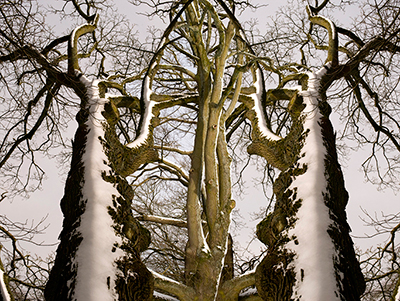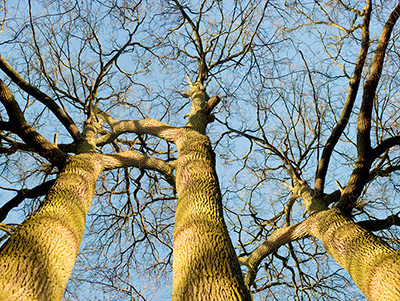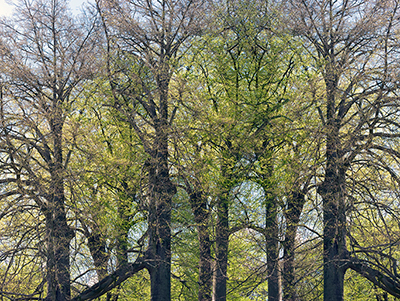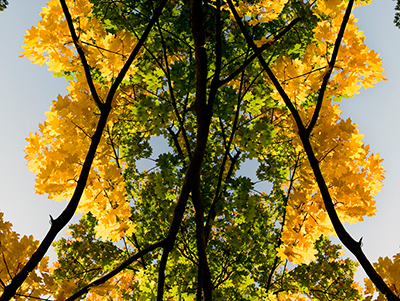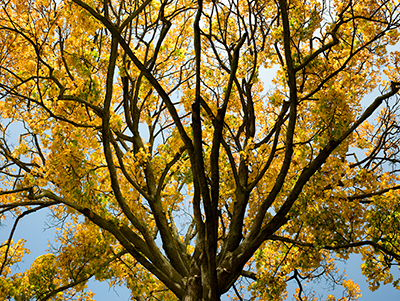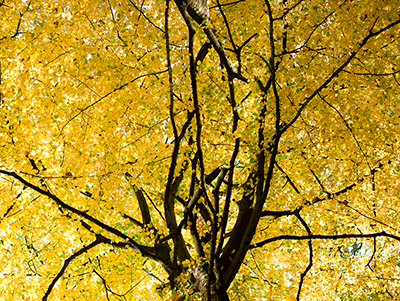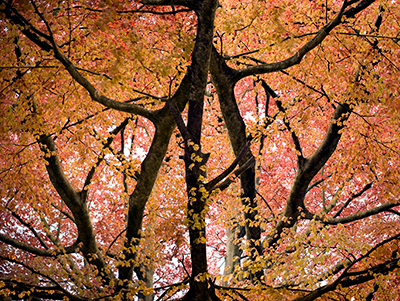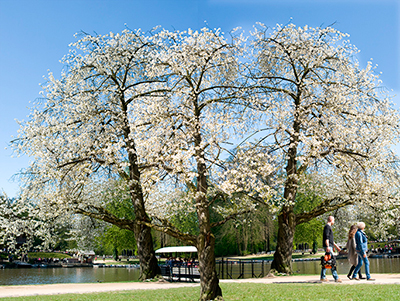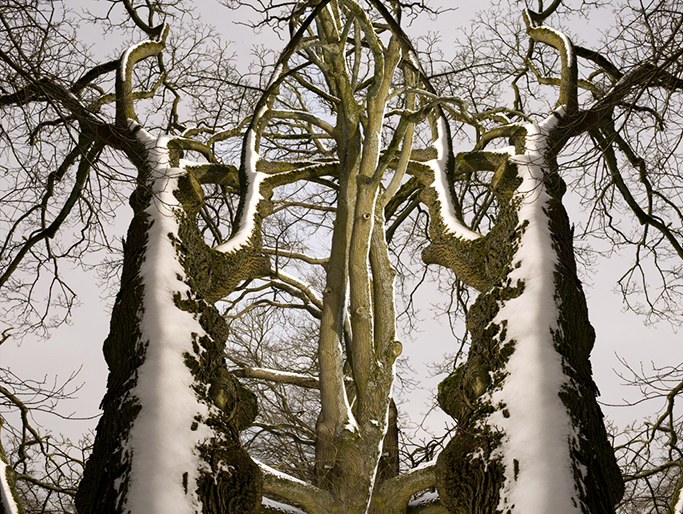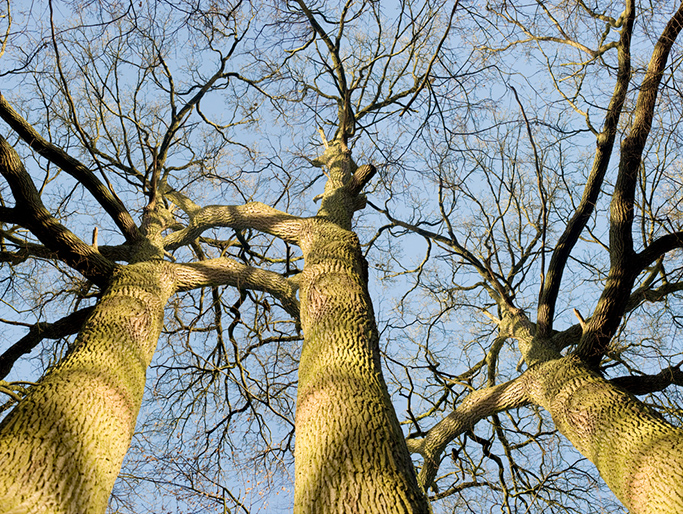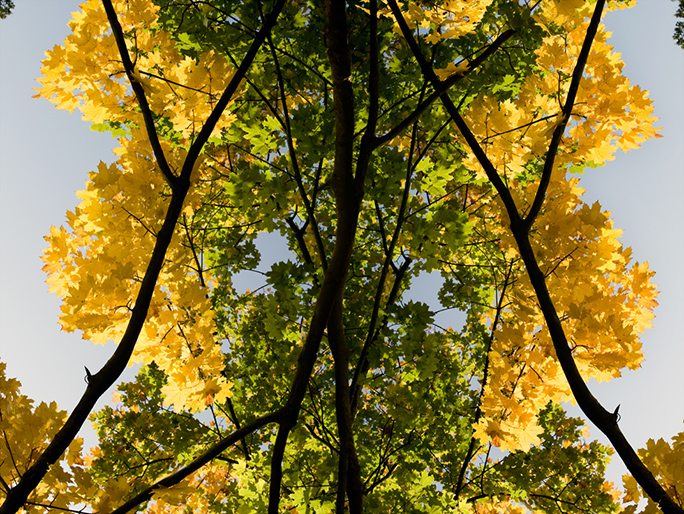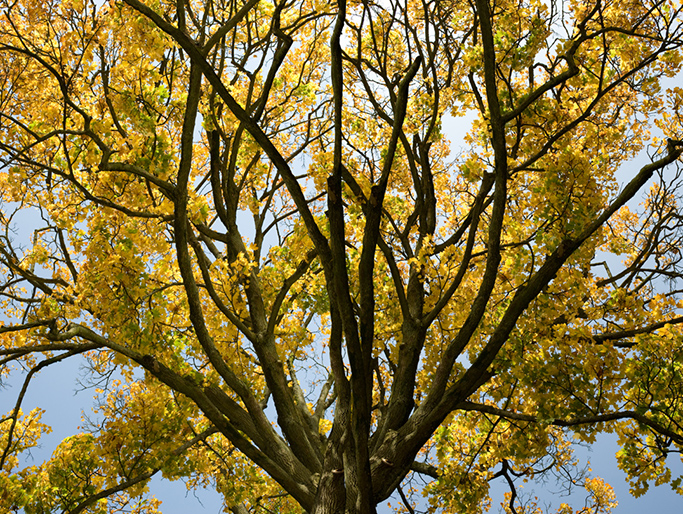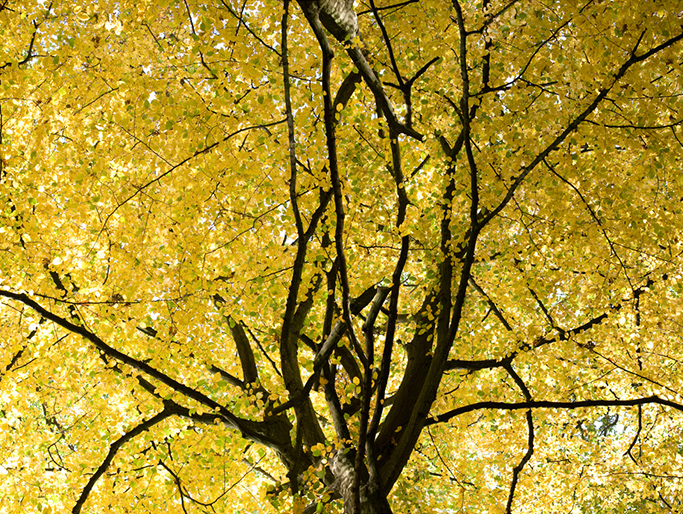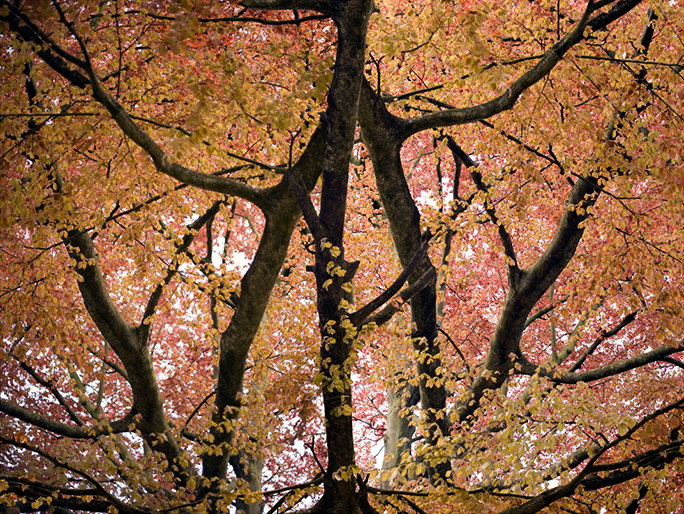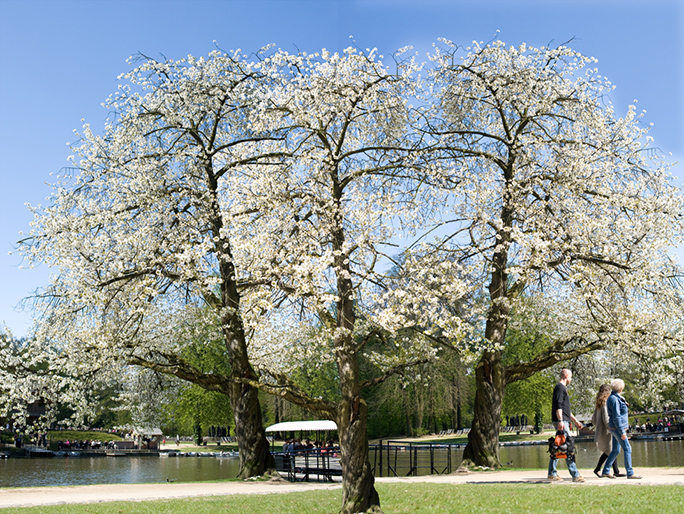Un'avventura visiva
Patrizia Bonanzinga ha una formazione matematica — «sono una femminista matematica», mi diceva tanti anni fa — e il dettaglio non è di poco conto. Il suo sguardo è allenato a spostare immagini, porzioni di esse, a rimontarle, a «derivarle», a trasformarle in particelle mobili e significative fino a risolverle in un insieme che è diverso, perché aggiuntivo, più complesso, perché prima semplicemente non esisteva. Il suo occhio è mobile, come mobili, spesso, sono le sue fotografie. Quasi sospese, sia quando sono private della presenza umana sia, altre volte, quando questa c'è, ma viene metabolizzata in una regia compositiva che, di nuovo, non si esaurisce nella semplice messa insieme degli elementi costituenti. Questa attitudine paziente, resa possibile non solo da un'indubbia tenacia (e Patrizia Bonanzinga è sicuramente una donna tenace), ma anche da una certa dose di ossessività, che in talune vicende artistiche si rivela essere di grande aiuto, le ha permesso di attraversare diverse sfide fotografiche, locuzione che sarebbe meglio correggere in «avventure di montaggio visivo».
La prima di queste esplorava luoghi di incontro nel cuore di una Roma marginale, di cui bisognava trovare la «chiave» — concreta e sentimentale — per entrare. Era la serie Ritrovi (2000), realizzata insieme a Pietro Mari, in cui gli sguardi dei due fotografi si posavano sui riti, i loro protagonisti anonimi, le opache emozioni di giornate qualunque, sfilacciate tra bar e sale di bigliardo. Ritrovi, appunto. E quel tempo di una giornata, cadenzato da azioni diverse, veniva fissato in un tempo unico attraverso un montaggio irreale, ma molto verosimile.
Ecco, questo scarto tra il reale e il verosimile (o, al contrario, tra irreale e verosimile), operato grazie alla tecnica del montaggio, costantemente rilanciato dal suo perfezionamento, ma anche come esaltato dalla volontà di andare oltre quello che c'è, è la spinta (o l'ossessione) che attraversa il lavoro di Bonanzinga. Risolto in maniera visivamente efficace a partire dalla concretezza materica della realtà di partenza, decostruita e poi ricostruita: Lavori in Corso dentro due musei romani (la GNAM, 2006, il Palazzo delle Esposizioni, 2007) e il grande cantiere di un altro museo (il MAXXI, Cantiere d'Autore, 2007). Ma, che oggi, Bonanzinga azzarda e oltrepassa con esiti più imprevedibili come nei lavori recenti che hanno per oggetto i ghiacciai della Groenlandia e i Boschi del Belgio, la natura quindi. E qui si apre un nuovo percorso. Se, infatti, il «derivare» le immagini da altre e il loro uso come «fattori» mobili, grazie alla possibilità di astrazione che governa tali processi (in matematica, come nella fotografia), facilmente si attaglia a realtà umane e architetture civili, questo montaggio di «particelle elementari» (ma densamente evocative) risulta più spregiudicato laddove si esprime in contesti naturali.
Qui la sfasatura, il disorientamento, sono più evidenti.Talvolta esplicitamente dichiarati, con un effetto sorpresa che, quasi evocando le sublimi epifanie dei pittori del Nord, è il caso della serie Groenlandia, non teme (per fortuna!) il giudizio estetico. O, all'opposto, enigmatici, quasi indulgenti, a corrompere l'occhio con la finzione di cui si esalta una bellezza catturante, ma subdola, come è nella serie dei Boschi.
Il punto d'arrivo è che la fotografia si conferma essere un mezzo duttile e dotato di capacità affabulatoria, capace di ri-narrare la realtà con metodi complessi, i cui esiti sono direttamente un work in progress. Sempre che si possieda un occhio vigile e ossessivamente matematico, capace di governarli.
Adriana Polveroni
A visual adventure
Patrizia Bonanzinga has a background in mathematics — “I'm a feminist mathematician” she told me many years ago — and this detail is no small thing. Her gaze is trained to shift images, portions of them, to reassemble, “derive”, and transform them into mobile and significant particles until she resolves them into a set that is different because it is adjunctive, more complex, because it simply did not exist before. Her gaze is mobile, and her photographs are often mobile too. These are almost suspended, both when they are devoid of the human presence and when, at other times, a presence does exist but it is metabolised into a compositional mise en scène that, in its turn, is not confined to a mere reassembling of the constituent elements. This patient attitude, made possible not only by an undoubted tenacity (and Patrizia Bonanzinga is definitely a tenacious woman), but also by a certain amount of compulsiveness, which in some artistic affairs proves to be a great help, has enabled her to overcome many photographic challenges, an expression that should be substituted with “adventures of visual assembly”.
The first of these adventures explored meeting points at the heart of a marginal Rome that required a “key” — a material and sentimental one — for entry. It was the series Ritrovi (2000), created with Pietro Mari, in which the gazes of the two photographers focused on rituals, on their anonymous protagonists, on the dull emotions of ordinary days, lost between bars and poolrooms. Meeting points, indeed. And that time of a day, marked by different actions, was fixed in a single time through an unreal, but very plausible, montage.
So, this gap between reality and the plausible (or, on the contrary, between unreality and the implausible created through the montage technique, constantly reintroduced by its refinement, but also enhanced by the will to go beyond what exists, is the thrust (or the obsession) that runs through Bonanzinga's work. Resolved in a visually effective way, starting from the material concreteness of the original reality, which is deconstructed and then reconstructed: Lavori in Corso in two museums in Rome, (GNAM, 2006; Palazzo delle Esposizioni, 2007) and the big construction yard of another museum (MAXXI, Cantiere d'Autore, 2007). A gap, however, that today Bonanzinga challenges and overcomes with results which are more unexpected, as in her recent works whose subjects are the glaciers of Greenland (Groenlandia series) and the woods of Belgium (Boschi series): nature, that is. And here a new path opens. If, in fact, “deriving” images from others and using them as mobile “factors”, thanks to the possibility of abstraction that regulates these processes (in mathematics as well as in photography), easily fits human realities and civil architectures, this montage of “elementary (but highly evocative) particles” turns out to be more unconventional when it is expressed in natural contexts.
Thus the discrepancy, the disorientation are more evident. They are sometimes explicitly declared with a surprise effect that, almost evoking the sublime epiphanies of the Northern painters — it is the case of the series Groenlandia — does not fear (thank goodness!) aesthetic judgment. Or, on the contrary, enigmatic, almost indulgent, so as to corrupt the eye with a make-believe whose captivating, but insidious, beauty is extolled, as in the series Boschi.
The end point is that photography proves to be a flexible medium with the ability to tell stories, able to re-narrate reality with complex methods, whose results lead directly to a work in progress. As long as, one has a watchful eye and an obsessively mathematical gaze, able to govern them.
Adriana Polveroni




